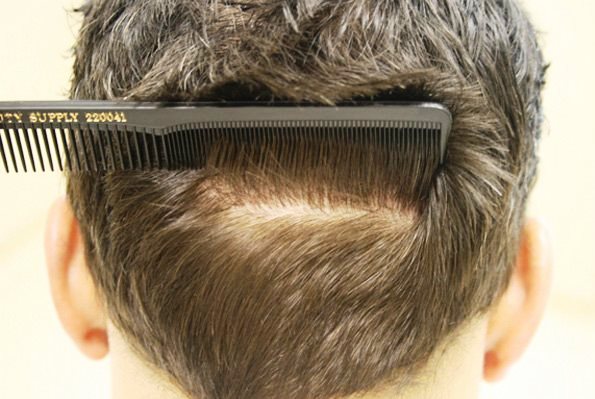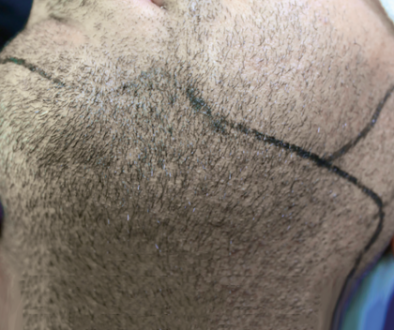How Do Hair Restoration Surgeons Evaluate the Quality of Hair Transplant Donor Hair?
The following thorough response to a question from the Hair Restoration Social Community and Discussion Forums, was written by forum member “Gillenator”.
I’m wondering if you could help me understand the quality of the hair transplant donor area. I’ve seen lots of people refer to measurements and technical ways of describing the quality of the donor area, but I don’t quite know what people are referring to. I guess it has something to do with average thickness of each hair, and number of hairs per cm squared? Would anyone be able to spell out how donor quality it measured?
 Out of all of the factors considered, hair caliber is the most critical factor considered when achieving the illusion of coverage. In my opinion, we can easily get caught up with the density factor and although it is important, the attempt to achieve an ambiguously high density level is not a wise approach.
Out of all of the factors considered, hair caliber is the most critical factor considered when achieving the illusion of coverage. In my opinion, we can easily get caught up with the density factor and although it is important, the attempt to achieve an ambiguously high density level is not a wise approach.
Let me explain. We all have variances in hair characteristics and even hair quality. Ideally, every hair restoration surgeon evaluates every patient’s virgin density. If the density in a barren surface area can be brought up to 50% of original density, the area will “appear” restored.
Further, none of us have enough donor to replace what is lost over a lifetime. Many hair transplant surgeons will tell you that the upper range of proposed densities is not necessary to achieve a restored appearance. So why waste all of that precious limited donor, knowing there will be more hair loss in the future? I think this is a critical consideration for those individuals that have the more advanced classes of balding in their future, and in their family history.
Even with average hair characteristics, achieving a level of say 50-65 cm2 will look good on most individuals. Increasing the level by another 20-25% does not make that much notable “visual” difference in coverage. So if an individual was to start there as the base goal, and then was not satisfied, the density can be increased in the future. Yet, if he is satisfied with the visual results, you have more donor left to go around.
Surgical hair restoration was never premised to achieve natural density. It was always oriented around the goal of achieving “visual” restoration. And there is a world of difference between those two approaches.
Gillenator
Supporting Hair Restoration Physicians: Dr. Glenn Charles, Boca Raton, FL – Dr. Jerry Cooley, Charlotte, NC – Dr. Jim Harris, Denver, CO – Dr. Robert True & Dr. Robert Dorin, New York, NY
—-
David (TakingThePlunge)
Editorial Assistant and Forum Co-Moderator for the Hair Transplant Network, the Coalition Hair Loss Learning Center, and the Hair Loss Q & A Blog.
To share ideas with other hair loss sufferers visit the hair loss forum and social community.
Technorati Tags: hair transplant, hair restoration, hair loss, balding



